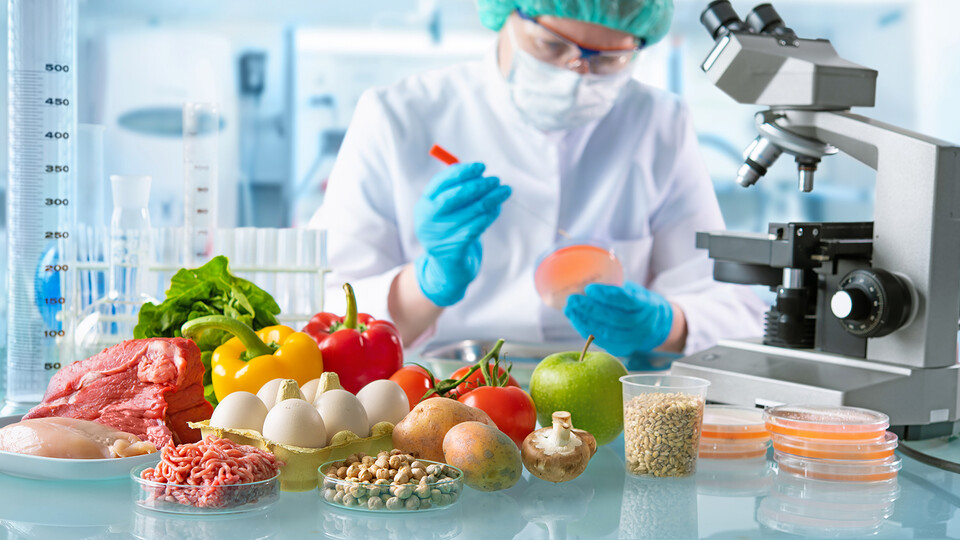Food Science and Technology,

Department of Food Science and Technology: Faculty Publications
Document Type
Article
Date of this Version
2021
Citation
Guha, S.; Alvarez, S.; Majumder, K. Transport of Dietary Anti-Inflammatory Peptide, γ-Glutamyl Valine (γ-EV), across the Intestinal Caco-2 Monolayer. Nutrients 2021, 13, 1448. https:// doi.org/10.3390/nu13051448
Abstract
The present study analyzed the transepithelial transport of the dietary anti-inflammatory peptide, -glutamyl valine (γ-EV). γ-EV is naturally found in dry edible beans. Our previous study demonstrated the anti-inflammatory potency of γ-EV against vascular inflammation at a concentration of 1mM, and that it can transport with the apparent permeability coefficient (Papp) of 1.56 x 10-6 ± 0.7 x 10-6 cm/s across the intestinal Caco-2 cells. The purpose of the current study was to explore whether the permeability of the peptide could be enhanced and to elucidate the mechanism of transport of γ-EV across Caco-2 cells. The initial results indicated that γ-EV was nontoxic to the Caco-2 cells up to 5 mM concentration and could be transported across the intestinal cells intact. During apical-to-basolateral transport, a higher peptide dose (5 mM) significantly (p < 0.01) enhanced the transport rate to 2.5 x 10-6 ± 0.6 x 10-6 cm/s. Cytochalasin-D disintegrated the tight-junction proteins of the Caco-2 monolayer and increased the Papp of γ-EV to 4.36 x 10-6 ± 0.16 x 10-6 cm/s (p < 0.001), while theaflavin 3'-gallate and Gly-Sar significantly decreased the Papp (p < 0.05), with wortmannin having no effects on the peptide transport, indicating that the transport route of γ-EV could be via both PepT1-mediated and paracellular.


Comments
© 2021 by the authors. Licensee MDPI, Basel, Switzerland. This article is an open access article distributed under the terms and conditions of the Creative Commons Attribution (CC BY) license (https:// creativecommons.org/licenses/by/ 4.0/).